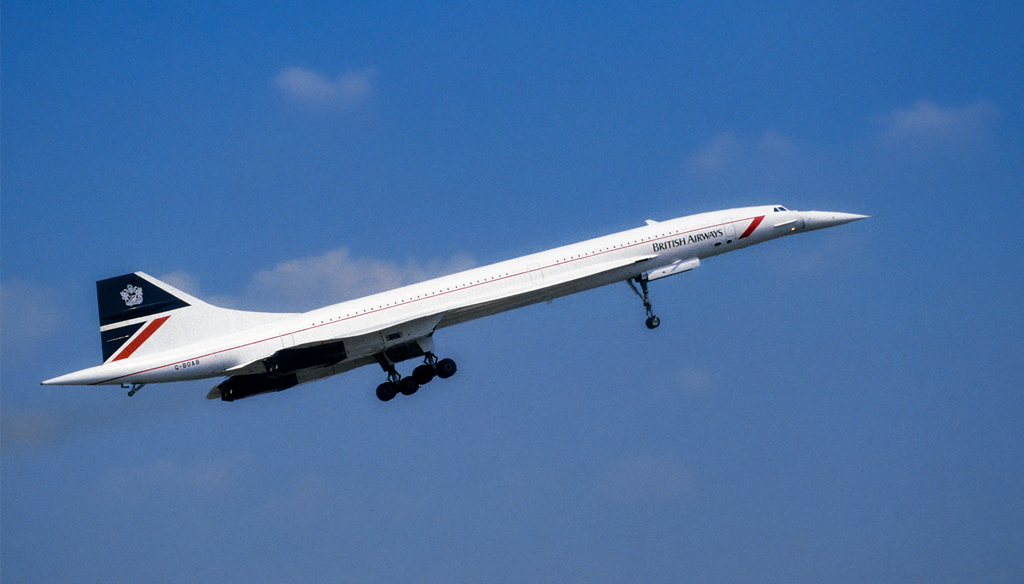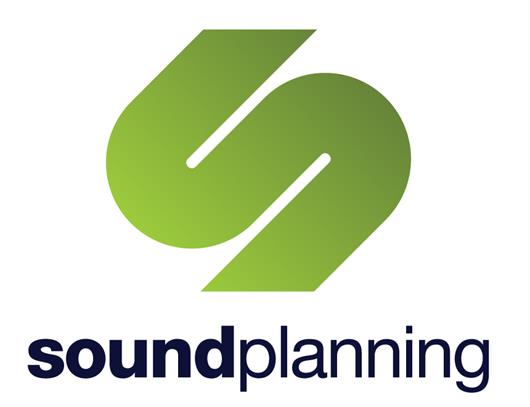 Add My Company
Add My Company

Britain and France revolutionised air travel when Concorde was first developed in 1969. The joint partnership between Sud Aviation/Aérospatiale and British Aircraft Corporation enabled the development of 20 turbojet-powered supersonic aircraft that could carry up to 128 passengers.
British Airways and Air France were the only operators to fly Concorde when it entered service in 1976. Russia also ventured into supersonic aircraft invention, with the Tupolev Tu-144. However, the Russian aircraft was grounded after just 55 flights.
Concorde (meaning harmony) was no mean feat to build. The original cost of developing the high precision and streamlined aircraft was estimated at £70 million, but this eventually passed the £1.3 billion mark.
Despite the build costs, Concorde’s flying statistics were impressive. It boasted a take-off speed of 250mph, and a cruising speed of 1,350mph, equating to twice the speed of sound at Mach 2.04 (the speed of sound is broken at approximately 767mph, or Mach 1). It could reach 60,000ft or 11 miles in height, allowing passengers to glimpse the Earth’s curvature. Its landing speed reached 187mph.
Concorde’s airframe would be subjected to intense heat during a supersonic flight, meaning that an aircraft could stretch up to 10 inches, and surfaces inside the cabin would be warm. Concorde had to be painted in a special paint to cope with the temperature changes and heat dissipation caused by supersonic flight.
Passengers lucky enough to experience Concorde could fly from London to New York in 3.5 hours, but a seat wasn’t cheap. In 1997, a return trip on this route cost $7,995 – over 30 times more expensive than a standard fare.
Concorde paved the way for future air travel, but the supersonic airliner’s fortunes nosedived at the start of the 21st century. A tragic take-off crash in Paris in 2000 killed all 109 passengers. The downturn of aviation following the 9/11 attacks also contributed to Concorde’s eventual demise in 2003. Moreover, Concorde wasn’t financially viable. Supersonic flying over Mach 1 is extremely noisy and the sonic boom can shatter glass, which meant Concorde could only be used on ocean routes, thus restricting its growth potential. With average return tickets costing £9,000, its market was limited. Concorde also got a bad name from an environmental standpoint, as travelling at high altitudes causes more damage to the ozone layer.
Despite the end of supersonic air travel, new options are on the horizon. An American firm, Boom Supersonic, has created a new wave of quiet aircraft capable of travelling 100mph faster than Concorde, with a one-way ticket from London to New York expected to cost just £2,000. Scheduled services could be in operation from 2023.
Another supersonic jet is in its testing phase – entitled the Son of Concorde. This 18-passenger, $60 million, S-512 aircraft developed by Spike Aerospace could be airborne by 2021. With a cruise speed of Mach 1.6, it could slash supersonic flight times by half.
For more information on Sound Planning Limited 25a Vicarage Hill Lower Bourne Farnham GU10 3QS talk to Sound Planning Ltd

